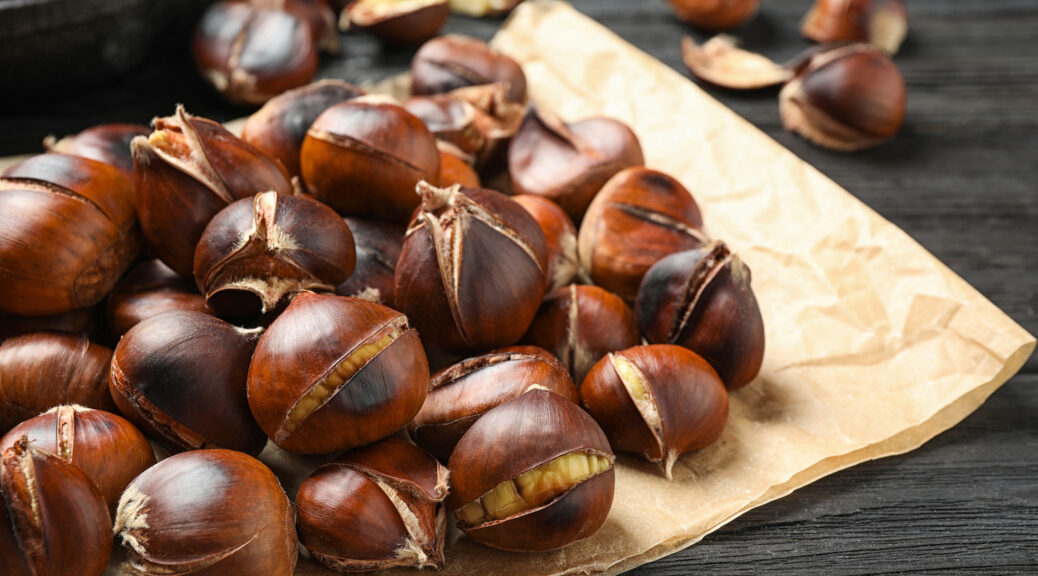
Chestnuts and Ways to Cook Them
Chestnuts are not actually nuts, but are the edible fruit of trees in the family Castanea. These type of chestnuts grow in North America, Europe, and Asia.
The chestnut usually sold to be eaten during the winter holidays is the European chestnut, also called the Spanish or sweet chestnut.
Horse chestnuts, also called buckeyes or conkers, are a different species and quite toxic. When you buy chestnuts in the store, they’ll be the sweet variety. But if you forage, make sure you know what you are picking.
Water chestnuts are not nuts at all. They are part of the root structure of a grass-like plant, Eleocharis dulcis, that grows underwater in marshes. Source
INFORMATION BELOW FROM 1800s COOKBOOKS:
ABOUT CHESTNUTS
The chestnut is an exception to most nuts in its composition. It contains starch and about fifteen per cent of sugar. No oil can be extracted from the chestnut. In Italy and other parts of Southern Europe, the chestnut forms an important article of food. It is sometimes dried and ground into flour, from which bread is prepared. The chestnut is a nutritious food, but owing to the starch it contains, is more digestible when cooked.
Boiled chestnuts are an excellent dish for children and persons with weak digestive powers. The large variety knows as the Italian chestnut is best for this purpose.
To shell chestnuts, cover with boiling water, boil ten minutes, drain, and cover with cold water. Remove the shell with a knife, beginning at the top of the nut. The inner skin will come off with the shell.
BOILED CHESTNUTS SERVED AS VEGETABLES
Remove the shells, drop into boiling water, and boil for ten minutes. Take them out, drop into cold water, and rub off the brown skin. Then throw them into a bowl of cold water.
Put two ounces of butter into a saucepan with two tablespoons of flour and stir the whole over a fire until well mixed. Then pour in one-half pint or more of clear broth and continue stirring over the fire until it boils. Season with salt, throw in the chestnuts and keep them simmering at the side of the fire until tender. When served in this way, they make a good vegetable for roasted meat or poultry, particularly turkey.
BAKED CHESTNUTS
Shell one pint chestnuts and put in a baking dish with one and one-half cups hot ham stock, one tablespoon butter, and one-eighth teaspoon pepper. Cover and bake in a hot oven* about half an hour, or until soft. Remove the cover and brown. If the stock is very salt, dilute with water or milk.
*quick or hot oven – about 400-450 degrees Fahrenheit.
ROASTED CHESTNUTS
Score each nut and put into a frying-pan with a teaspoon of butter for each pint of nuts. Shake the pan over the fire until the butter is melted, then set in the oven five minutes. With a sharp knife, remove the shells and skins together. Send the chestnuts to table wrapped up in a napkin to keep them warm.
CHESTNUT PUDDING
Roast chestnuts or boil them a quarter of an hour. Blanch, peel, and grate them or pound in a mortar, adding a little white wine. To a dozen chestnuts, add six eggs, well beaten, one and one-half pints of cream, and one-fourth pound of butter. Mix it well together and sweeten to taste. Add a little salt and nutmeg and simmer over the fire till it thickens, stirring it well. Then bake it in a dish, edged and lined with puff paste.
PRUNES AND CHESTNUTS
Peel two pounds large chestnuts and boil until the skin can be removed. Boil three pounds prunes and one-half pound Sultana raisins together until soft. Add chestnuts, one-half cup sugar, a pinch of salt, a pinch of cloves, and one tablespoon butter. When well cooked, thicken with two teaspoons flour and one-third cup vinegar stirred together.
RUM CHESTNUTS
Take forty chestnuts and roast or boil them over a slow fire. Remove the shells carefully, put the nuts in a bowl, and pour over them one-half glass of rum and three tablespoons of powdered sugar. Set fire to the rum and baste the chestnuts constantly as long as the rum will burn, turning the chestnuts about so they will absorb the rum and become colored.
VANILLA CHESTNUTS
Boil blanched, fresh or dried chestnuts until tender (fresh fifteen minutes, dried, three hours). When almost tender, add sugar or honey to the water and when the liquid is nearly boiled away, flavor with vanilla. Finish warming in a slow oven and serve as a confection.
Image from Deposit Photos
=================================================
Have You Ever Eaten Chestnuts? Please Leave a Comment Below.
=================================================

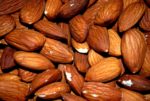

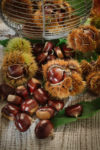
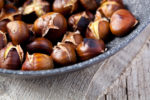
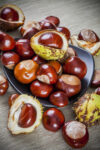
2 thoughts on “Chestnuts and Ways to Cook Them”
This is a recipe I might actually try! I love Christmas chestnuts.
It’s been several years since I’ve had chestnuts. I hope I can find some in stores this fall or winter.